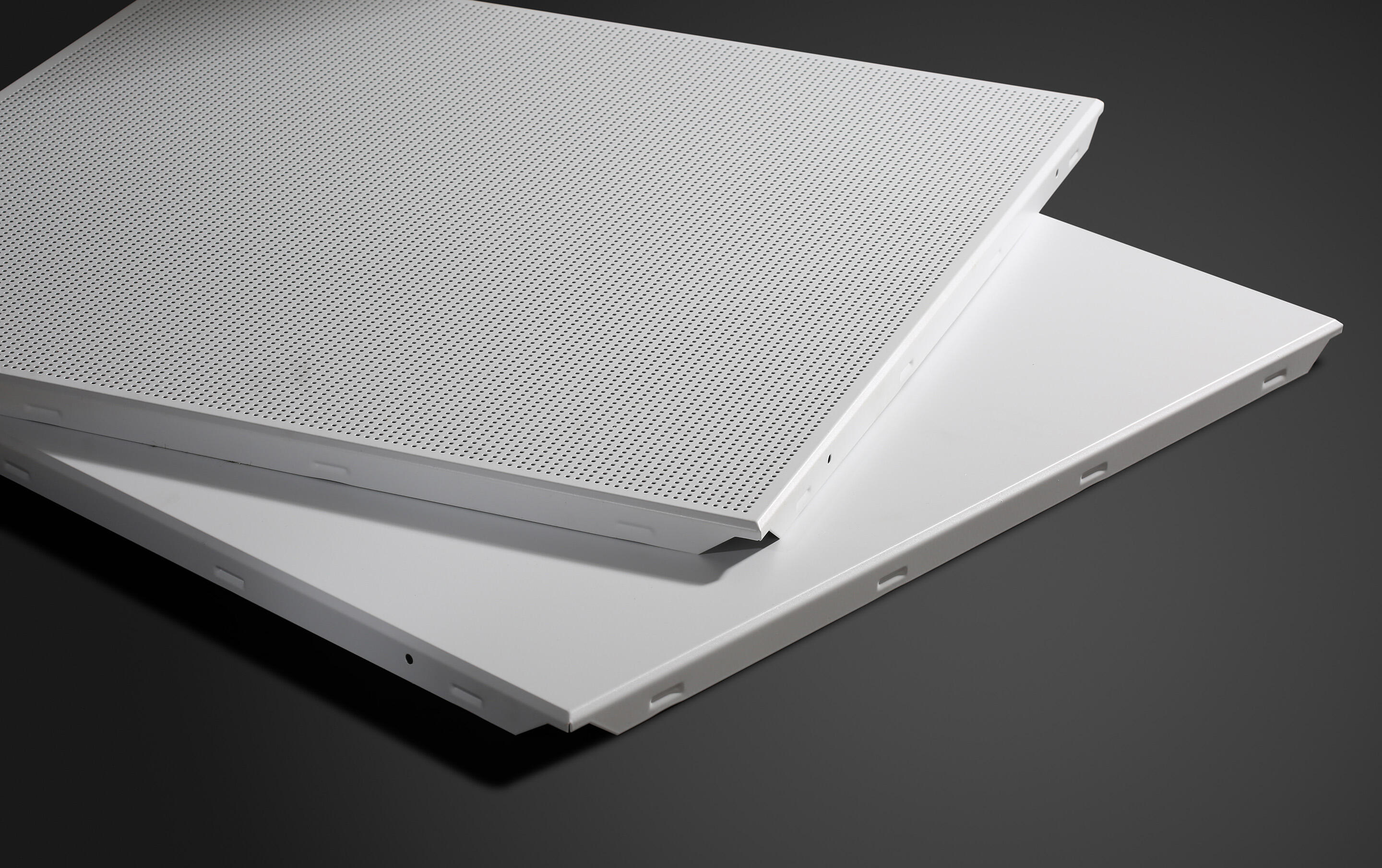aluminum composite roof
Aluminum composite roofing represents a revolutionary advancement in modern construction materials, combining durability with aesthetic appeal. This innovative roofing solution consists of two aluminum sheets bonded to a non-aluminum core, creating a lightweight yet robust structure that offers superior protection against various weather conditions. The composite construction provides exceptional thermal insulation properties, helping to regulate indoor temperatures and reduce energy consumption. These roofs are engineered with precision to resist corrosion, fire, and impact damage, making them an ideal choice for both residential and commercial applications. The panels are available in various finishes and colors, allowing for customization to match any architectural style. The installation process involves specialized techniques that ensure proper sealing and long term performance. With an expected lifespan of over 30 years, aluminum composite roofs offer a sustainable solution that requires minimal maintenance. The material's unique composition allows for excellent sound dampening properties, contributing to a quieter indoor environment during adverse weather conditions. Additionally, the panels are designed with integrated drainage systems that effectively channel water away from the structure, preventing leaks and water damage.


